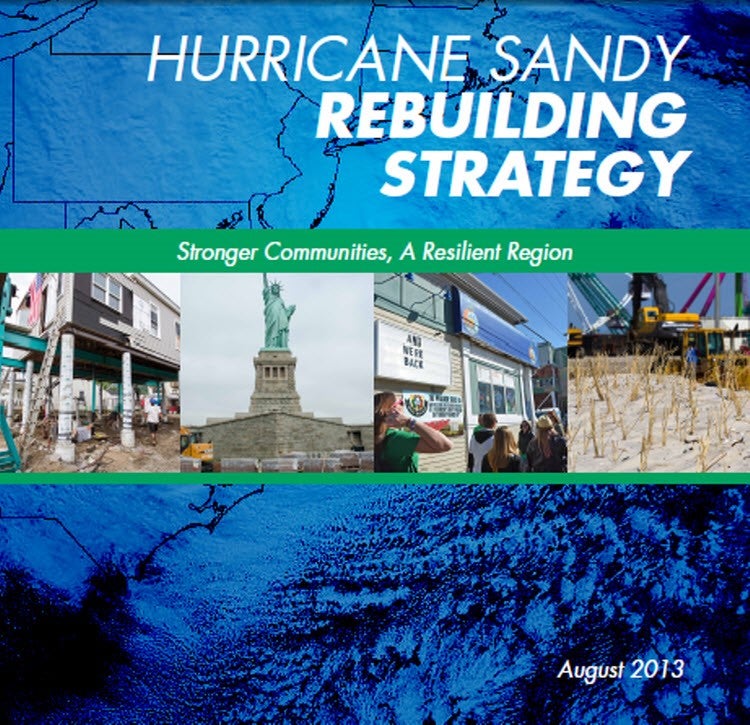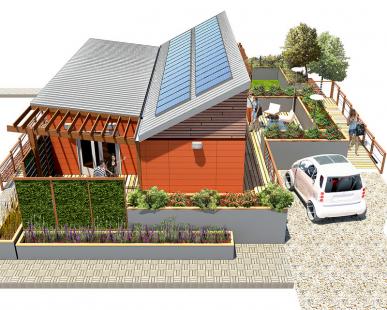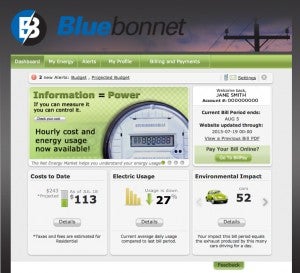 In an effort to gauge where America’s power grid stands, Washington D.C.-based group GridWise Alliance evaluated grid modernization in 41 states and the District of Columbia. Texas and California tied for first place—standing far above the next runner up.
In an effort to gauge where America’s power grid stands, Washington D.C.-based group GridWise Alliance evaluated grid modernization in 41 states and the District of Columbia. Texas and California tied for first place—standing far above the next runner up.
So what makes Texas’ grid so special?
Texas restructured its electricity market in 1999, introducing competition into the retail electric market. The new competitive retail market gave most Texans a choice of electricity providers from dozens of companies, so these energy providers compete to offer the most advanced services. For example, Texans can opt for 100% renewable electricity from Green Mountain Energy.
Additionally, in an effort to update Texas’ electric grid, the Public Utility Commission, Texas’ governing body for electricity, passed a resolution prompting “wires companies”(the firms that deliver energy from power plants to homes and businesses) to invest in millions of smart meters. Smart meters can help eliminate huge waste in the energy system, reduce peak energy demand (rush hour on the electrical wires) and spur the adoption of clean, low-carbon energy resources, such as wind and solar power, by managing energy demand and generation more efficiently.













